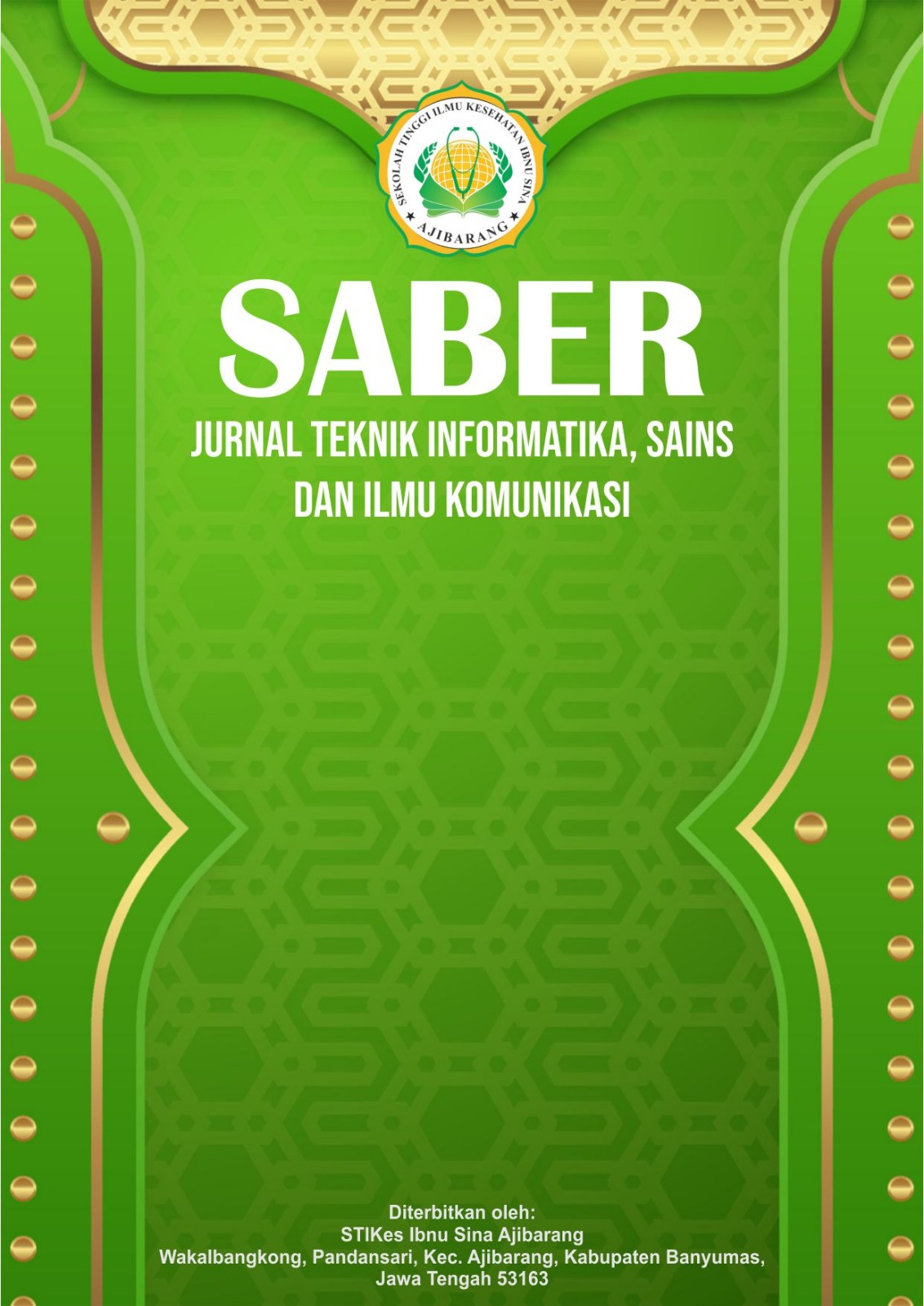Analisis Postur Kerja dan Risiko Keluhan Musculoskeletal Disorders pada Pekerja Operator Unit Wide Body Fairing Maintenance PT GMF AeroAsia Menggunakan Metode Nordic Body Map dan REBA
DOI:
https://doi.org/10.59841/saber.v3i3.2921Keywords:
Work Posture, Musculoskeletal Disorders, REBA, Nordic Body Map, ErgonomiAbstract
This study aims to analyze working posture and the risk of musculoskeletal disorders (MSDs) among wide-body fairing maintenance operators at PT GMF AeroAsia. Manual handling during aircraft maintenance often causes non-ergonomic postures that increase the risk of injury to the musculoskeletal system. The Rapid Entire Body Assessment (REBA) method was used to quantitatively assess postural risk, while the Nordic Body Map (NBM) identified subjective discomfort reported by workers. Results showed that most complaints occurred in the right hand, back, and neck, with risk levels ranging from moderate to very high. Based on these findings, recommendations include workstation redesign, use of assistive tools, and ergonomic training to help reduce MSD risks and improve workplace safety. This study contributes practical insights into ergonomic applications, particularly in the aircraft maintenance industry.
References
Dul, J., & Weerdmeester, B. (2008). Ergonomics for beginners: A quick reference guide (3rd ed.). CRC Press.
Fajri, M. F. (2022). Perbaikan fasilitas kerja dalam penanganan postur kerja operator unit cabin maintenance PT GMF AeroAsia.
Health and Safety Executive (HSE). (2003). The guide to the management of work-related musculoskeletal disorders.
Hermann, M. P. (2016). Design principles for Industrie 4.0 scenarios. In 49th Hawaii International Conference on System Sciences (HICSS).
Hignett, S., & McAtamney, L. (2000). Rapid Entire Body Assessment (REBA). Applied Ergonomics, 31(2), 201–205. https://doi.org/10.1016/S0003-6870(99)00039-3
International Labour Organization (ILO). (2021). Safety and health at the heart of the future of work: Building on 100 years of experience.
Marras, W. S., & Karwowski, W. (Eds.). (2006). The occupational ergonomics handbook (2nd ed.). CRC Press.
National Institute for Occupational Safety and Health (NIOSH). (2007). Elements of ergonomics programs: A primer based on workplace evaluations of musculoskeletal disorders.
Oley, M. C., Suoth, L. R., & Asrifuddin, A. (2018). Hubungan masa kerja dengan keluhan musculoskeletal disorders pada nelayan. Jurnal Ilmiah Kesehatan Masyarakat, 9(1), 87–95.
Punnett, L., & Wegman, D. H. (2004). Work-related musculoskeletal disorders: The epidemiologic evidence and the debate. Journal of Electromyography and Kinesiology, 14(1), 13–23. https://doi.org/10.1016/j.jelekin.2003.09.015
Suma’mur, P. K. (1996). Higiene perusahaan dan kesehatan kerja (HIPERKES). Jakarta: Sagung Seto.
Susanti, H. (2015). Keluhan musculoskeletal disorders (MSDs) pada pekerja pabrik mebel di Jepara. Jurnal Kesehatan Masyarakat.
Tarwaka. (2014). Ergonomi untuk keselamatan kerja dan produktivitas. Surakarta: Harapan Press.
To, M. (2020). Evaluasi risiko musculoskeletal disorders berdasarkan masa kerja dan postur tubuh pada pekerja pandai besi. Jurnal Kesehatan Kerja, 12(2), 112–119. https://doi.org/10.1234/jkk.v12i2.2020
U.S. Bureau of Labor Statistics. (2016). Employer-reported workplace injuries and illnesses.
Yoo, C. O. (2012). Musculoskeletal symptoms and its related factors among male workers in a nonferrous manufacturing industry.
Downloads
Published
How to Cite
Issue
Section
License
Copyright (c) 2025 SABER : Jurnal Teknik Informatika, Sains dan Ilmu Komunikasi

This work is licensed under a Creative Commons Attribution-NonCommercial-ShareAlike 4.0 International License.








